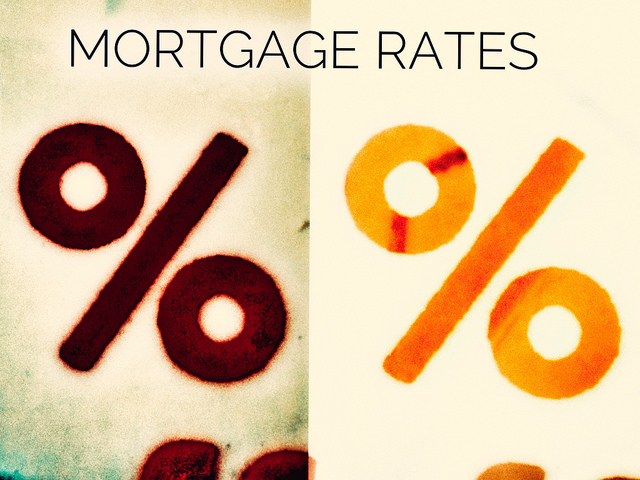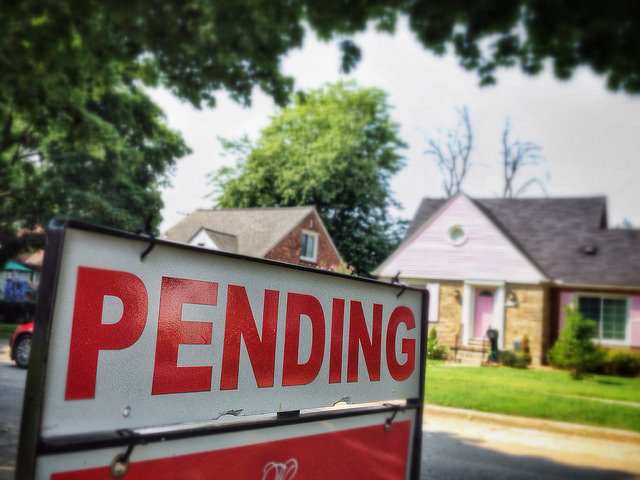There are many factors that play a role in determining whether you’re able to qualify for a mortgage. Credit standards are one of them. But unlike your income or debts, they aren’t as easy to keep up with. They are important, though, so here’s what you need to know. Credit standards refer to the requirements lenders use to determine whether or not you qualify for a loan. When credit standards are tight – as they were following the financial crisis and housing crash – potential buyers have to reach a higher financial standard in order to be deemed creditworthy. When they loosen, the opposite is true and buyers will have an easier time obtaining a mortgage. Because of the role they play in determining whether buyers are approved or not, Fannie Mae’s Lender Sentiment Survey takes the pulse of lenders across the country to determine whether standards have been loosening or tightening lately. Generally speaking, standards have eased since the financial crisis. The survey’s most recent results, though, show little movement from the previous quarter. More here.













